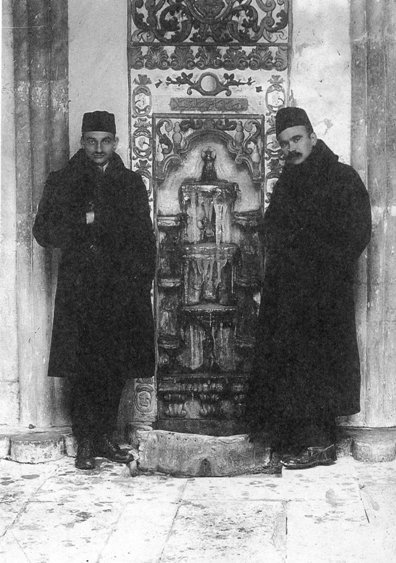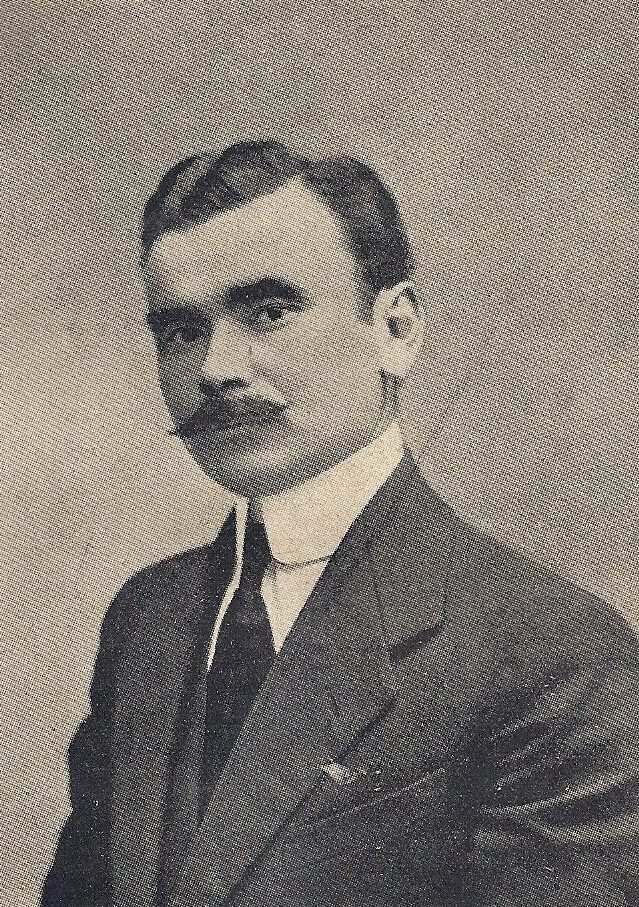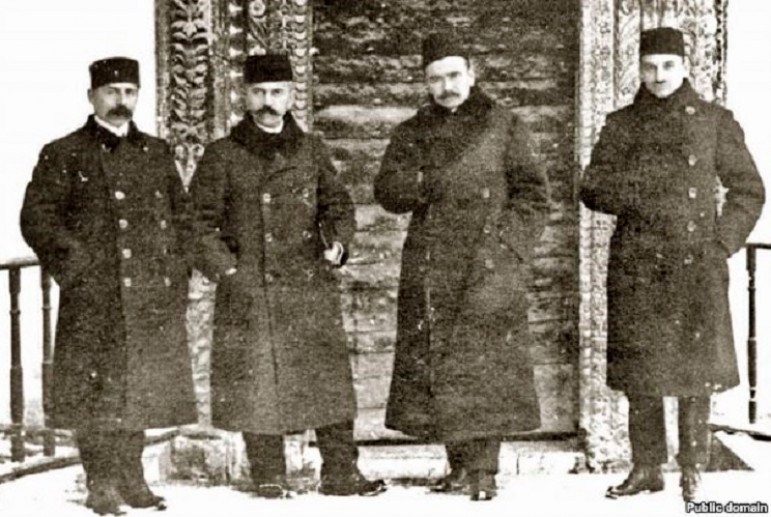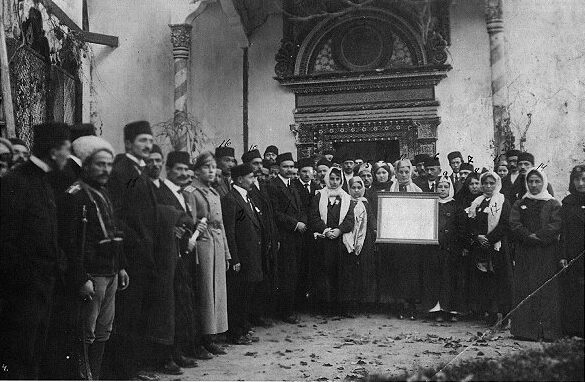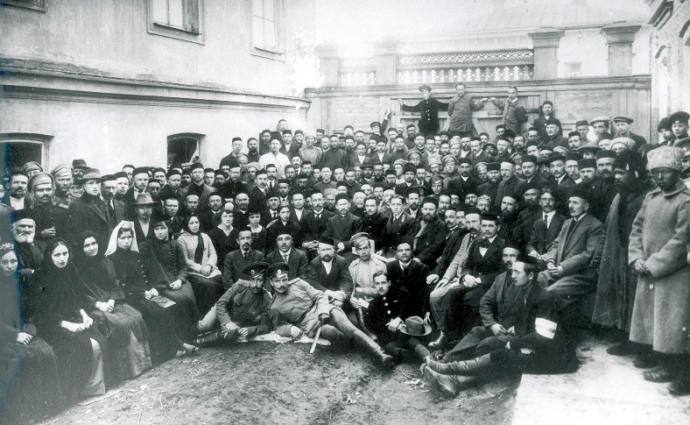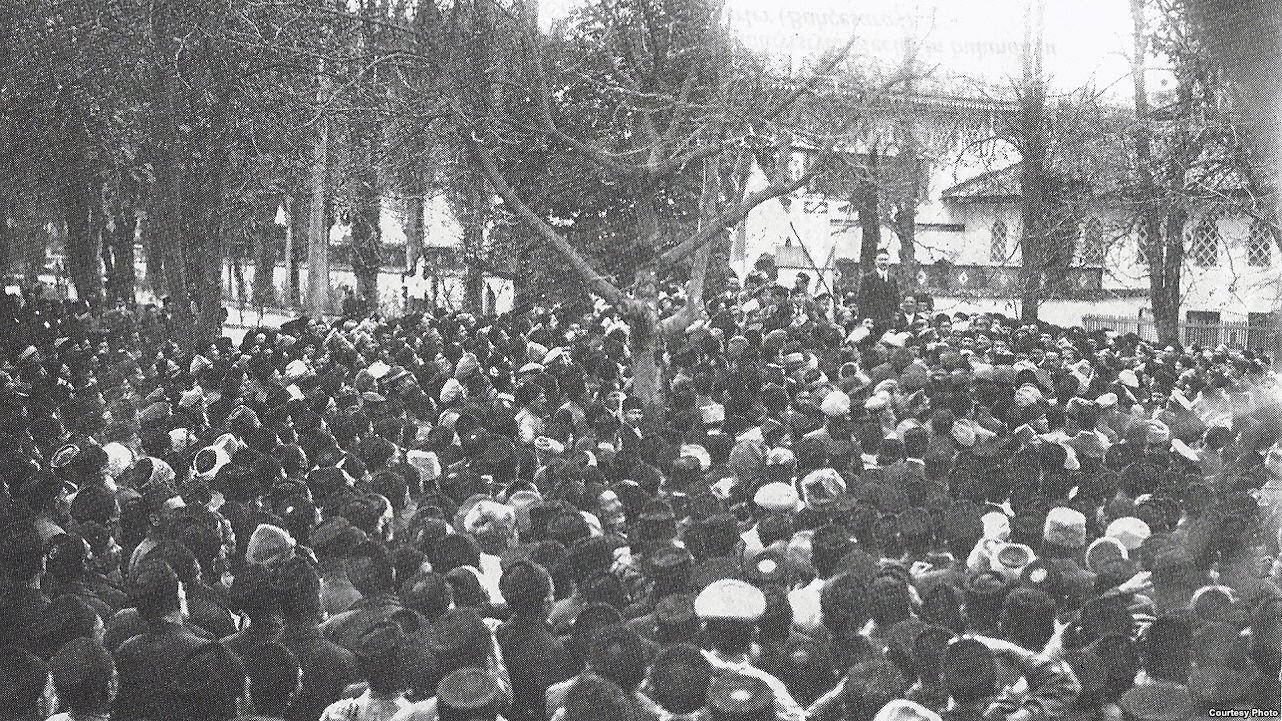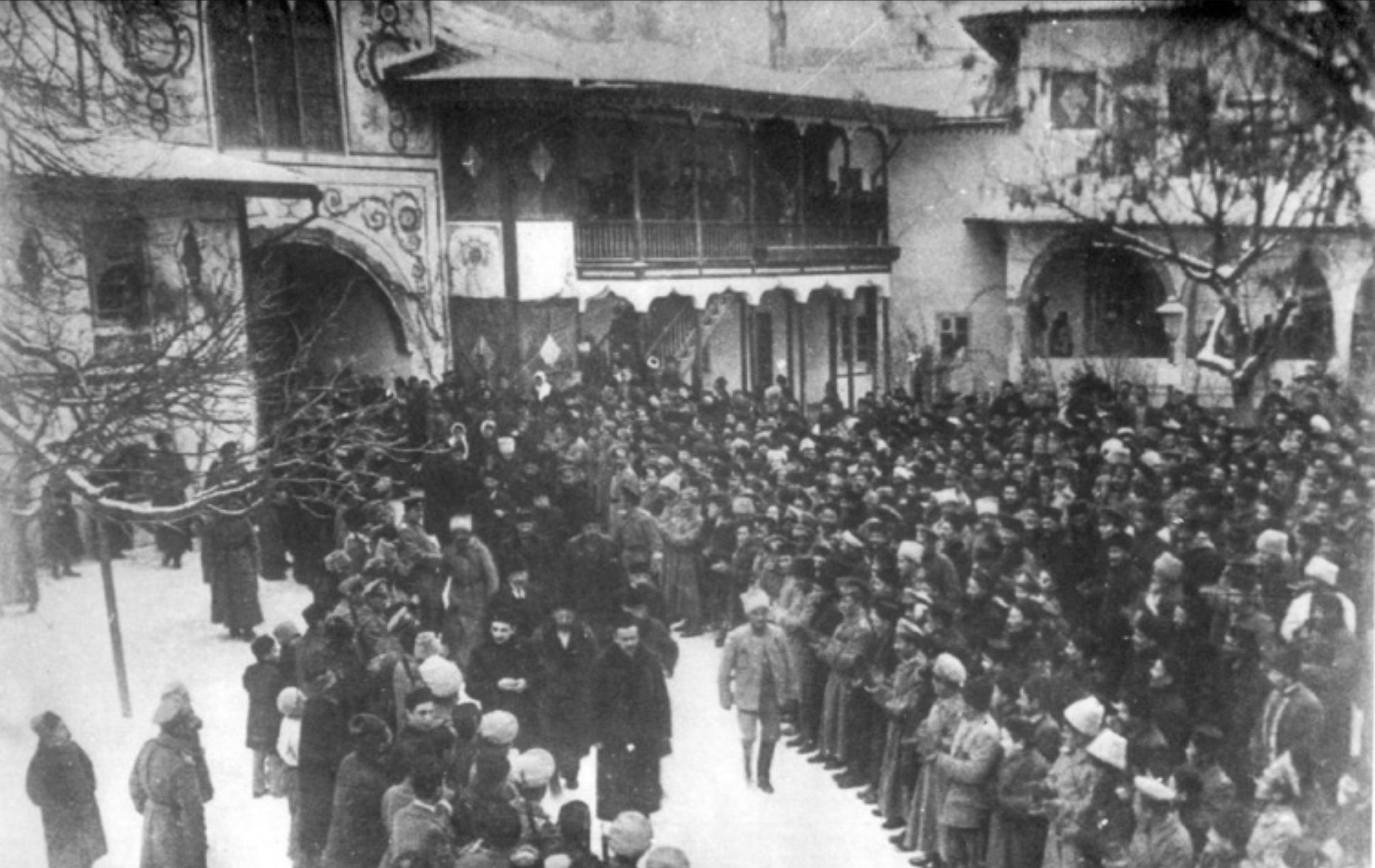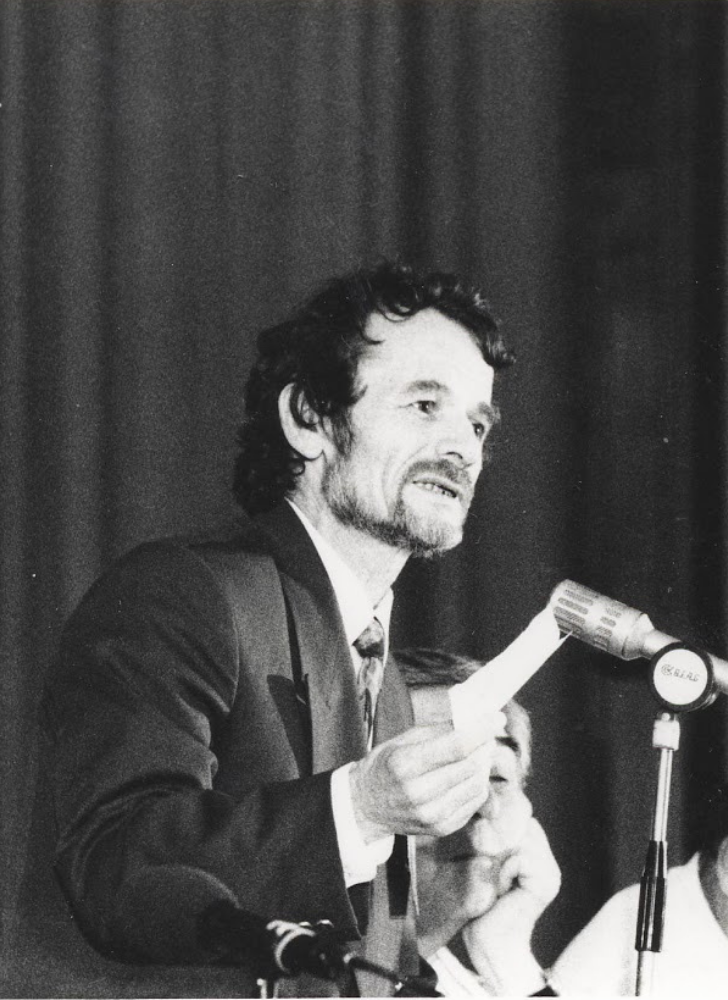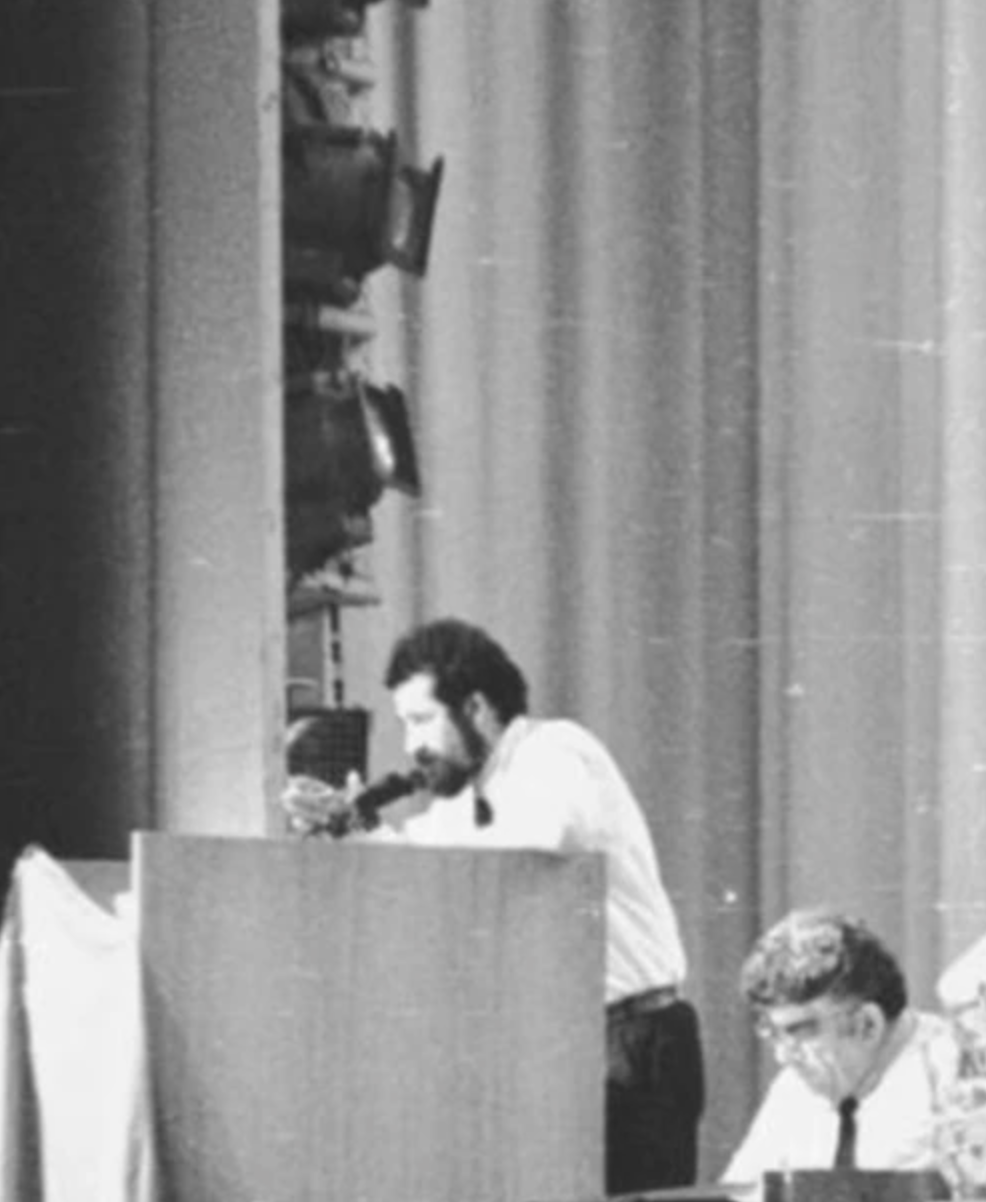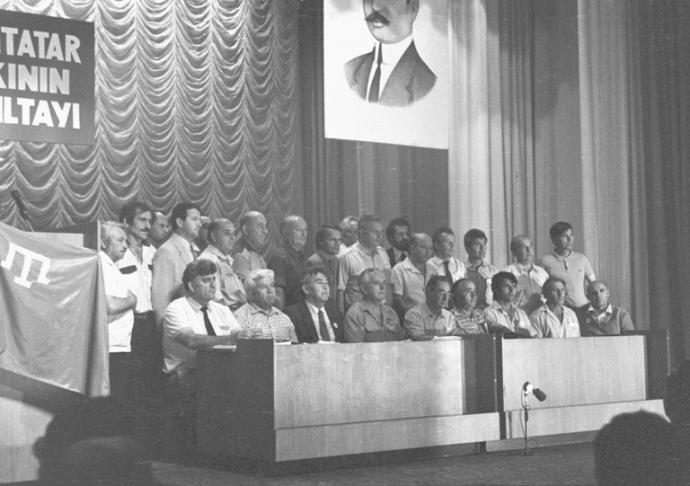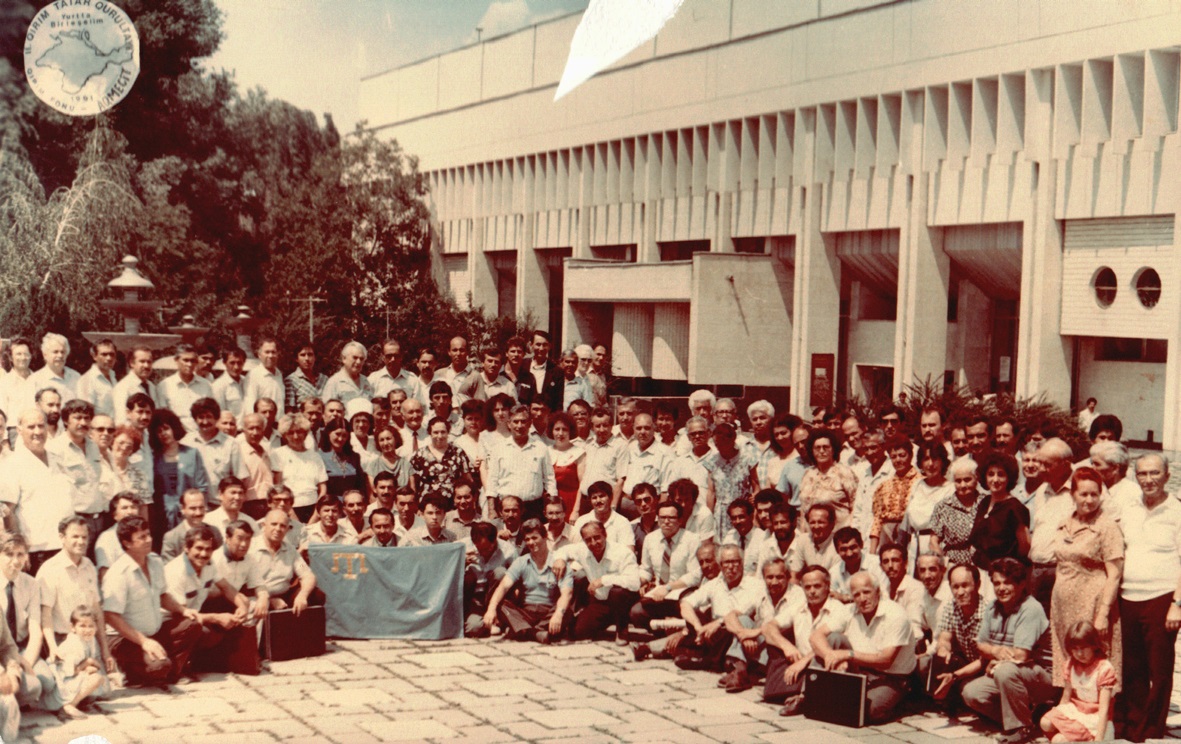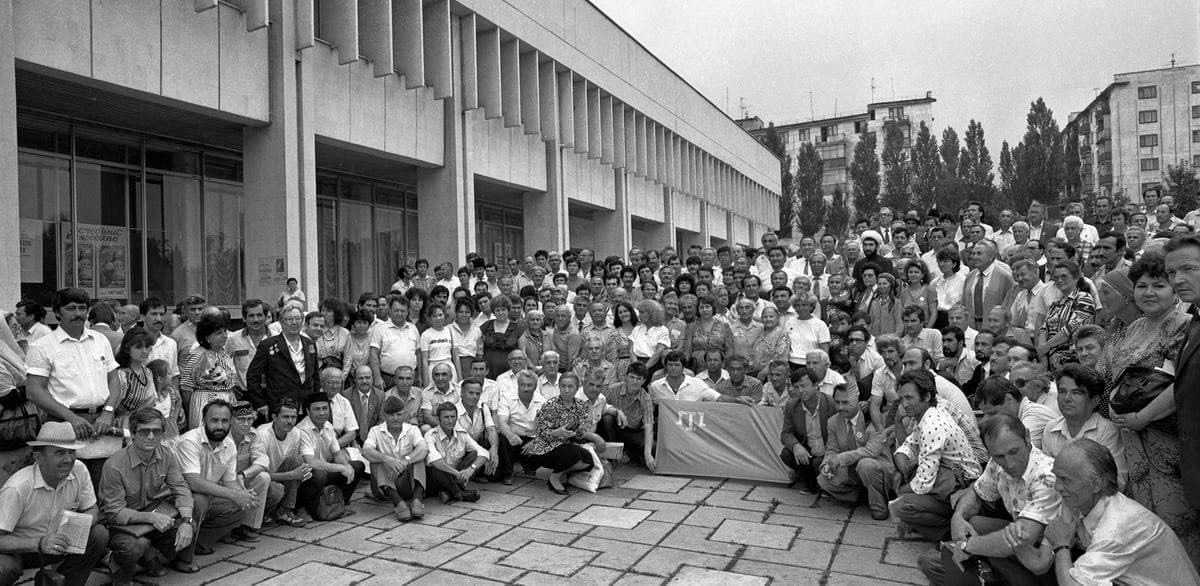From the very beginning of preparations for Kurultai, the Crimean authorities took a hostile position. On the basis of the draft documents published in the Avdet newspaper, the authorities stated that they envisage the creation of an independent national parliament and parallel government structures. They refused to give official permission to hold the Kurultay.
In response to this, on May 30, 1991, several hundred Crimean Tatars held a protest action under the building of the Council of Ministers of Crimea in Simferopol. As a result, the authorities were forced to sign invitations to foreign guests and issue an official permit for the congress. Later it became known that the Soviet embassies and consulates were ordered not to issue visas for entering the USSR to persons invited to the Kurultai of the Crimean Tatar people.
On the eve of the Kurultay, the election commission summed up the election results: 129 delegates were elected in Crimea, 88 in Uzbekistan, 1 in Kazakhstan, 4 in Kyrgyzstan, 3 in Tajikistan, 16 in the RSFSR, 9 in Ukraine (excluding Crimea), 9 in Lithuania – 3, in Latvia – 1, in the city of Sukhumi – 1. The mandate commission of the Kurultai confirmed the powers of 255 delegates. Taking into account the norm of 1 delegate per 1,000 people, as well as the presence of representatives from almost all regions where Crimean Tatars lived, the Kurultay in this composition had the right to solve the tasks and elect the only authorized representative body of the Crimean Tatar people.
The invitation to the national congress of the Crimean Tatar people was sent to all existing state bodies of the Soviet Union, socio-political and human rights organizations, and mass media. State authorities showed no interest and were not present at the Kurultai, with the exception of a representative of the Council of Ministers of Ukraine and a deputy of the Council of Ministers of Crimea. However, much attention was paid to Kurultai by the public and mass media.
II Kurultai opened on June 26, 1991 in Simferopol. At the Kurultay session, the Mejlis of the Crimean Tatar people was elected from among its delegates, consisting of 33 people, as well as the Chairman of the Mejlis – Mustafa Dzhemilev and his deputy – Refat Chubarov.
On July 6, 1991, the first meeting of the Mejlis of the Crimean Tatar people was held, at which its structure was approved and a decision was made to prepare the Regulation on local bodies of national self-government. These bodies were formed in accordance with the mandate of the Kurultay and were called to implement the decisions of the Mejlis of the Crimean Tatar people, to protect the interests of the people in interaction with local authorities, and to promote the revival and development of culture, language, religion, customs and traditions. During 1991–1992, regional and local bodies of national self-government (mejlis) were elected on the territory of almost all 290 village, settlement, and city councils of Crimea, including 15 district and 7 city mejlis.
